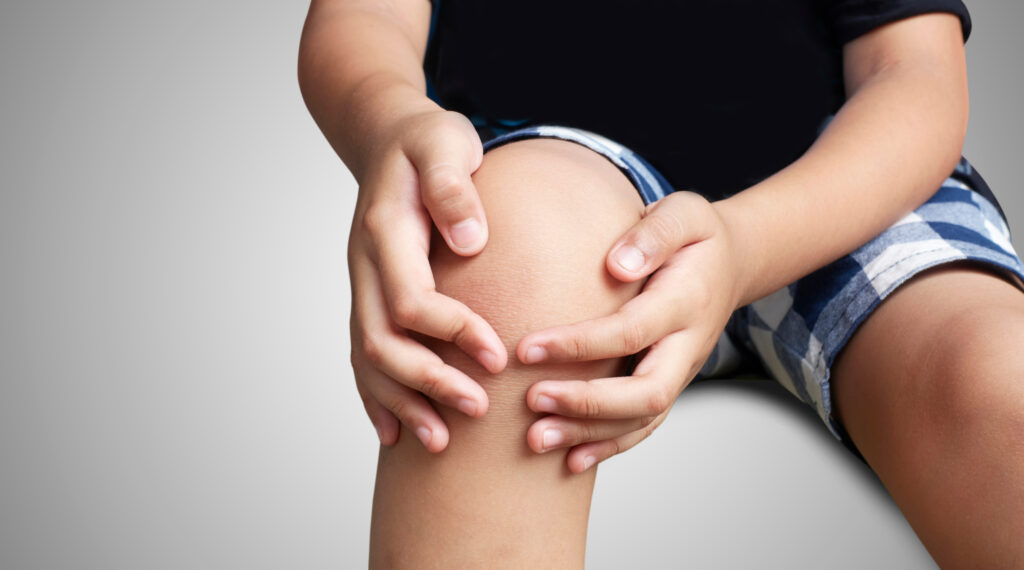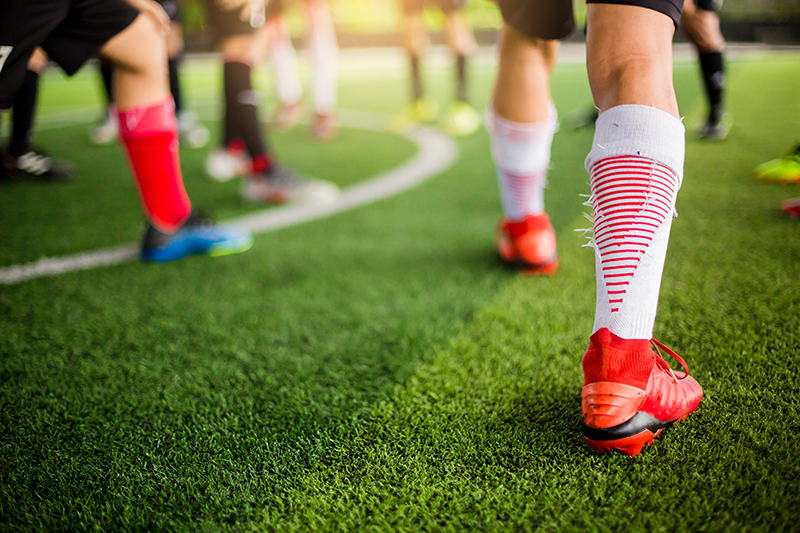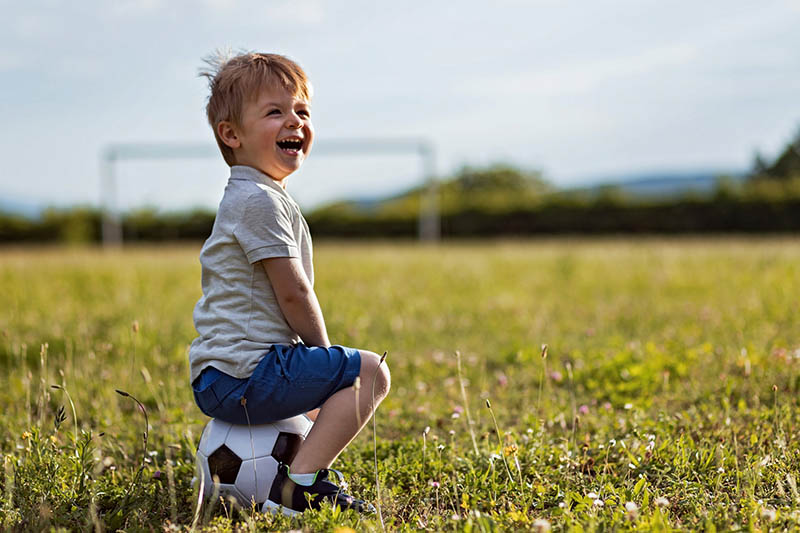Watching your child take their first steps is a magical experience. Along with those early steps, parents often notice variations in leg alignment—legs that curve inward or outward. These patterns, commonly referred to as knock knees and bowlegs, can be a normal part of development, but they can also indicate underlying conditions requiring attention. Understanding what’s typical versus when to seek professional care is essential for your child’s musculoskeletal health.
Natural Development: From Bowlegs to Knock Knees to Straight Legs
Leg alignment in children evolves in predictable ways. Many infants are born with physiologic bowlegs, where the knees angle outward while standing. This outward curve is due to the fetal position in the womb and is considered normal.
- 0–18 months: Toddlers often display bowlegs (genu varum). The knees appear far apart when the child stands with feet together.
- 2–4 years: Bowed legs gradually straighten. By age 2, the alignment usually becomes neutral, and as children approach ages 3–4, a mild inward angulation can appear.
- 3–7 years: Knock knees (genu valgum) become more prominent, with the knees angling inward and the ankles spaced apart.
- By age 7–8: Most children achieve straight legs, with knees and ankles aligned properly.
This natural progression is a normal leg development pattern. However, the degree and timing vary among children, and significant asymmetry, persistence beyond expected ages, or associated pain may indicate an angular deformity requiring evaluation.
When Knock Knees or Bowlegs Are Cause for Concern
While mild variations are common, parents should seek guidance if they notice:
- Bowlegs that persist beyond age 3 or worsen over time.
- Knock knees that persist beyond age 8–9.
- Asymmetry: One leg differs noticeably from the other.
- Pain, limping, or difficulty walking.
- Rapid progression or severe angulation.
Persistent or severe deviations may signal underlying conditions rather than physiologic variation.
Underlying Conditions That Mimic Developmental Variants
Not all cases of bowed or knock-kneed legs are benign. Some underlying conditions include:
- Blount’s disease: A growth disorder affecting the tibia, causing progressive bowing, often unilateral. Early detection is critical, as surgical intervention may be required.
- Rickets: A bone-softening disease due to vitamin D deficiency, which can cause severe bowing and affect growth.
- Trauma or growth plate injury: Previous fractures or injuries may alter leg alignment.
- Benign growth anomalies: Occasionally, benign bone lesions or abnormal growth patterns mimic knock knees or bowlegs.
If any of these conditions are suspected, pediatric orthopedists typically order X-rays to assess bone structure and growth plates.
Clinical Evaluation: What to Expect
During a pediatric orthopedic evaluation, doctors perform a detailed assessment of the child’s lower extremities, including:
- Leg alignment measurement: Assessing the distance between knees and ankles when standing.
- Gait observation: Watching the child walk to detect asymmetry, compensatory movements, or instability.
- Rotational profile assessment: Measuring hip and tibial rotation, which can affect foot placement and gait.
- Neurological and muscular examination: Ensuring proper coordination, strength, and reflexes.
- Imaging if needed: X-rays confirm bone alignment, detect growth plate issues, or rule out conditions like Blount’s disease or rickets.
This comprehensive approach helps distinguish normal developmental variations from pathologic deformities.
Treatment or Observation? How Pediatric Orthopedists Decide
Most children with physiologic bowlegs or knock knees require no intervention beyond observation. Pediatric orthopedists consider:
- Age and growth stage: Many angular variations self-correct as the child matures.
- Severity of deformity: Significant angulation may require bracing or surgery.
- Underlying conditions: Diagnosis of Blount’s disease, rickets, or growth plate injury often necessitates proactive treatment.
Observation: Mild genu varum or valgum usually resolves without braces, therapy, or special shoes. Doctors often schedule follow-up visits to monitor growth and alignment.
Non-surgical interventions: In some cases, orthotic devices, physiotherapy, or vitamin supplementation may support healthy leg development.
Surgical correction: Reserved for severe, persistent deformities or underlying pathologies that impair function, growth, or gait. Surgical options aim to realign the tibia or femur and restore normal leg mechanics.
Tips for Parents: Monitoring and Supporting Healthy Leg Development
Parents play a crucial role in supporting proper leg alignment. Strategies include:
- Regular observation: Note leg shape changes, symmetry, and any pain or limping.
- Safe walking environment: Encourage walking on flat surfaces to develop balance and coordination.
- Proper footwear: Supportive shoes help maintain natural alignment but do not correct deformity.
- Balanced nutrition: Adequate calcium and vitamin D support healthy bone growth.
- Follow-up with pediatrician: Routine check-ups allow early detection of any concerning angular deformity.
Documenting observations over time can help doctors make informed decisions regarding intervention or continued observation.
Understanding Pediatric Gait and Leg Development
Your child’s gait provides valuable insight into musculoskeletal health. The gait cycle consists of the stance phase (foot on the ground) and swing phase (foot moving forward). Observing step length, stride length, cadence, and walking velocity helps detect early deviations.
Key gait milestones:
- 12 months: First independent steps, wide base for stability.
- 2–3 years: More symmetrical walking, longer steps, smoother motion.
- 4–7 years: Mature gait pattern, narrow base, heel-to-toe walking, reciprocal arm swing.
Gait abnormalities that may indicate concern:
- Persistent bowing or knock knees.
- Toe walking beyond age 3.
- In-toeing or out-toeing affecting function.
- Limping or frequent tripping.
Early detection of deviations through careful observation and gait analysis enables timely intervention, supporting natural development or corrective treatment if necessary.
Schedule a Consultation with Pediatric Orthopedic Center
If you have concerns about your child’s knock knees and bowlegs, early evaluation is the safest step. At The Pediatric Orthopedic Center, we provide:
- Comprehensive physical exams and gait assessments.
- Imaging studies to evaluate bone structure and growth plates.
- Personalized treatment plans, including observation, bracing, physical therapy, or surgery if needed.
- Guidance on supporting healthy leg development at home.
Early assessment ensures that your child achieves proper leg alignment, normal gait patterns, and overall musculoskeletal health. Even if your child’s legs appear unusual but they are pain-free and developing normally, consultation can provide peace of mind and expert guidance.



